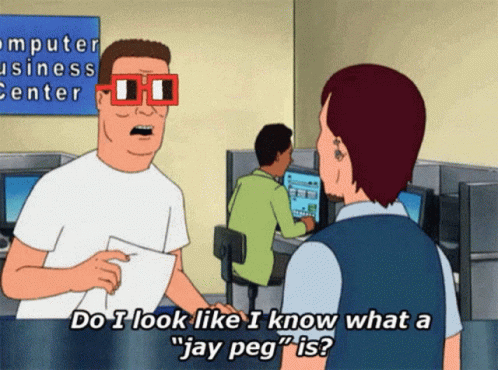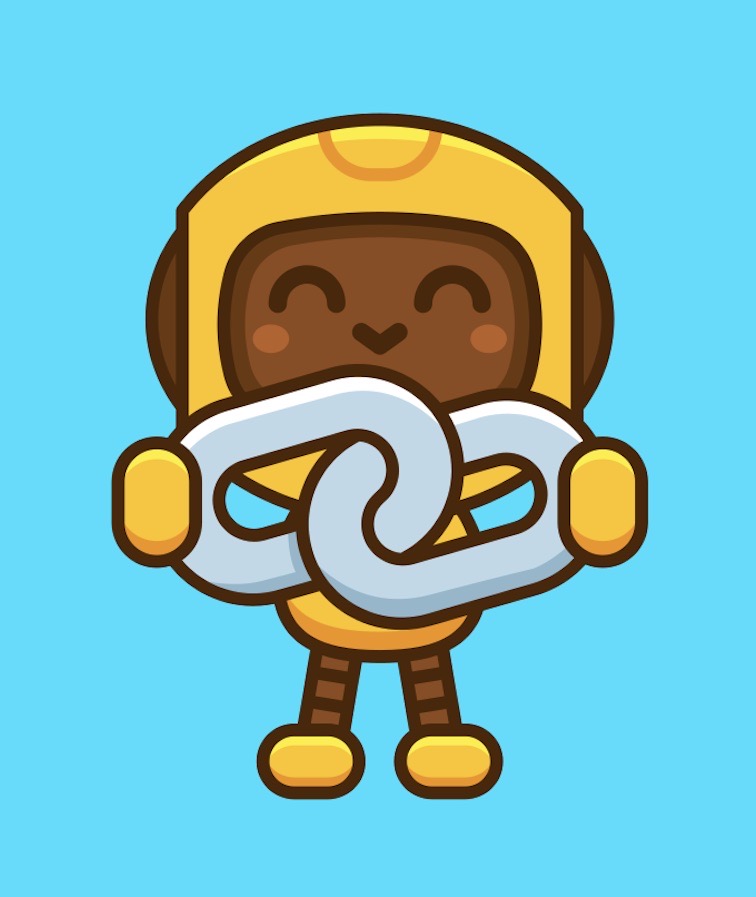What exactly is a Non-Fungible Token?
NFTs, or Non-Fungible Tokens as they’re called, are all the rage these days. You have no doubt heard of them or you would not be visiting this website, but what are they and why are they so darn popular? (And expensive?!) Firstly, let’s get into what they are and, then, the different types.
The term “non-Fungible” can most easily be translated to non-replicable, meaning that the item is a singularity, and while some NFTs might share characteristics with others, there are no two NFTs exactly the same.
This uniqueness, along with the records of transactions made on the blockchain, are what make NFTs more than just a jpeg or gif or sound bite. Since both NFTs and cryptocurrencies exist on the blockchain, think of it this way, one Bitcoin is always equal to any other Bitcoin, while their transaction history is fluid, they are all identical, but each and every NFT is unique and there is only one exactly like it on the blockchain. This is why you see such dramatic price differences even within the same NFT projects. The more rare or scarce the characteristics of an NFT are, the more valuable they can potentially become. For example, if a project mints 10,000 cute little cuddly dogs and only 1 of them is dressed up as Santa Claus that would make it an extremely rare NFT in that collection and therefore, hypothetically, worth more.
But, NFT projects (more on those down below) are just one of many different examples of what an NFT can be . We’ve all seen the jpegs that people are paying ridiculous amounts of money for lately, but what are some of the other types of NFTs out there? In truth, the possibilities are endless, from gifs of sport clips to audio files to lottery tickets to contracts to literally just screenshots (like Jack Dorsey’s infamous first Tweet which sold as an NFT for $2.9 million!) to much, much more.

If, let’s say for example, The Weeknd decided to record a song and make just 40,000 copies of it available only on a blockchain like Ethereum’s then think about how popular those 4 0K blockchain recordings would be! Sure, you could copy the audio file, just like you can right click a picture jpeg of one of those imaginary NFT dogs from the example above and save it to your phone or computer, but you would not have digital ownership of it as there is no record of any transaction on the blockchain giving you ownership of said Weeknd song or cute little doggie NFT. You only have a copy of it. That is all. It’s like taking a picture of the Mona Lisa, you don’t own the actual painting, you own a photo copy of it. One is insured for almost a billion dollars, the other, is most likely worthless beyond some sentimental value.
So, while the fully diverse applications of NFTs have yet to be explored at this point in time, the art world currently holds the majority of their utilization, typically, by NFT projects. Now, what exactly is an NFT “project?” These are collections of NFTs coordinated by a team of developers, artists, administrators, and moderators. Why that is important is because a project is usually not just a singular artist putting their digital art up for sale on the blockchain, but rather by a whole team. They develop the NFT collections from the ground up and decide how their project will operate, what utilities the NFTs will provide for their holders, set the mint price (original purchase price), choose the art that best represents their concept, which blockchain they will operate on, etc, etc. In laymen’s terms, they are in charge of the NFT and it’s performance. A group of unknowns with little to no marketing or web development skills, paired with a shitty artist, generally makes for a team that is not going to perform very well on the promises they make to the owners of their NFT project. Now, on the other hand, a project with a well renowned team that has a history of success already in the NFT space is more likely to succeed, so it pays to pay attention to who’s who in the NFT world.
In conclusion, an NFT can be described as a digital asset that has no replica. In the broader spectrum of what an NFT’s utilization can be, the applications are limitless.
Now that you’ve got a better understanding of what an NFT is, I suggest you explore more of this website to answer any of the other questions you might have about this interesting and exciting new space being built online!
Questions like, How do I buy an NFT? or Which Cryptocurrency should I buy my NFTs with?
Here’s a fun SNL skit explaining NFTs:
*Noob2NFTs does not own the rights to either the gif or the youtube video above.
